In 2009, I told a friend: “Mark my words! Before the age of 30, I’m going to be in a reality TV show!” At the time, I was only being half serious, but in September at 27 years old, I received an email from asian reality show Supermodel Me asking if I would be interested in making an appearance on their show – to shoot models in the ocean and light them on fire in Malaysia.
Grinning ear to ear, I gave them the only appropriate answer to such a request – “Absolutely!”
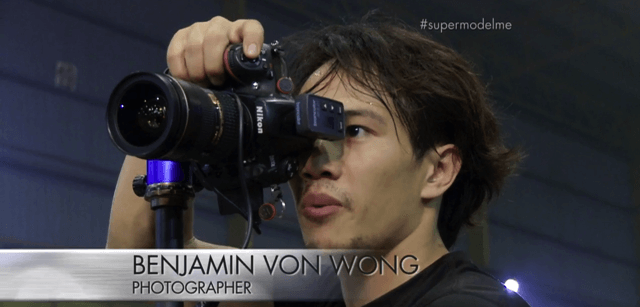
For the first shoot themed Castaway, I had to create the best image possible for 5 girls, with a time limit of 10 minutes each, using as similar a lighting setup as possible (to keep things fair) on a falling tide at a predetermined location.
For the second, themed Blazing Sirens, I would have 3 girls and only 15 tries per girl to capture them at their best within twin arcs of flame.
Add onto that, the fact that the entire process was going to be recorded and that the shots had to be selected and delivered by the next day – I knew that this was going to be a huge challenge.
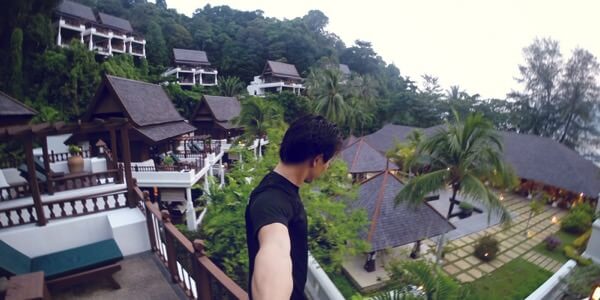
As luck would have it, the day before the first of two episodes, I found myself lying in bed shivering and feverish in a five star resort on the private island of Pangkor Laut.
I had arrived earlier in the week to get started on all the preproduction but a combination of either bad food or a heat stroke resulted in me being more or less incapacitated. Thankfully, the local medic hooked me up with a couple doses of ibuprofen and a pressure point treatment that got me up and going just in time for the big day.
Episode 9: Castaway
I spent the better part of the morning designing my set as the girls had their hair and makeup done. I wasn’t allowed to speak with the girls, lest one of them get a little more of an advantage, so I focused my energies on designing a lighting setup that I thought would be generic enough to function regardless of the poses the models chose to adopt.A cloudy day meant that I would also have to deal with constantly varying ambient light. As a result, my off-camera strobes would have to be powerful enough to overpower any stray rays of sun that may slip through.
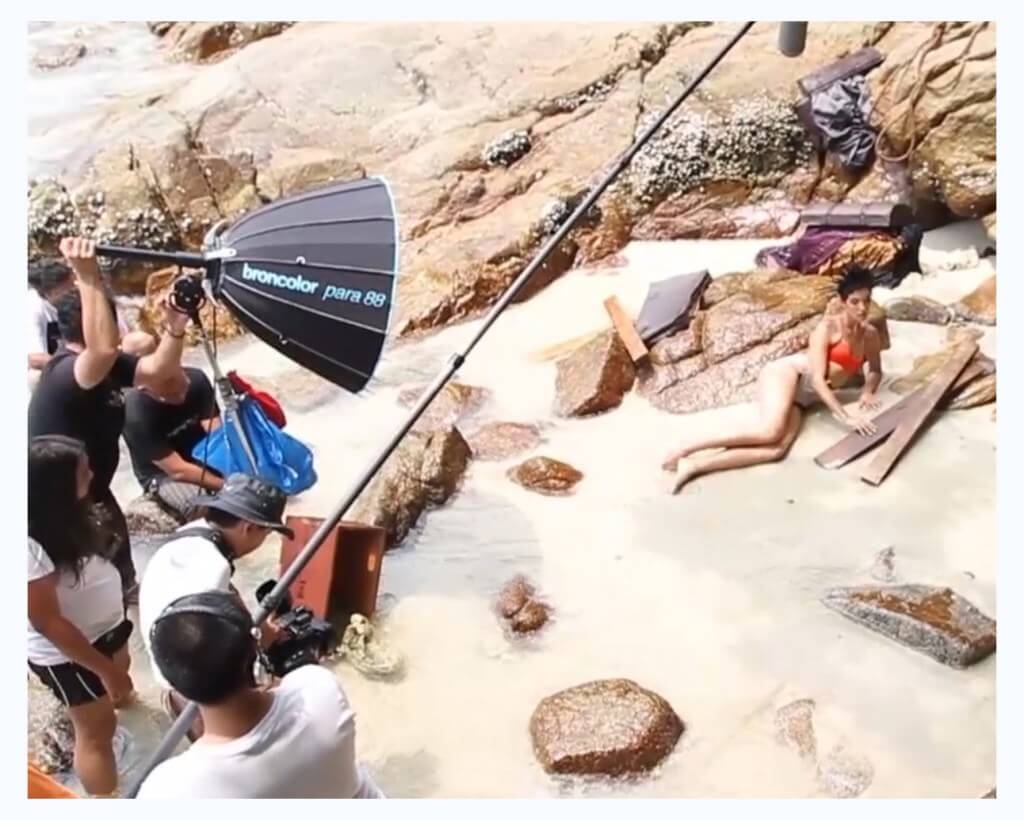
For the shoot, I opted to use the 1200 watt Broncolor Moves as well as a Mamiya Leaf Credo 80 – Tons of power, 1/1600th of a second flash sync speed and 2 stops of highlight recovery if necessary.
The main light was to be a fully focused Para 88 on camera left, while a gridded softbox was hidden in the bushes to provide just a little bit of a separation light on the models.
“You have ten minutes starting…Now”
By the time it was time to shoot, I had kicked into autopilot. I found myself tossing aside my tripod, precariously dangling on the edge of the water so that I could adapt to whatever pose the models decided to toss at me.
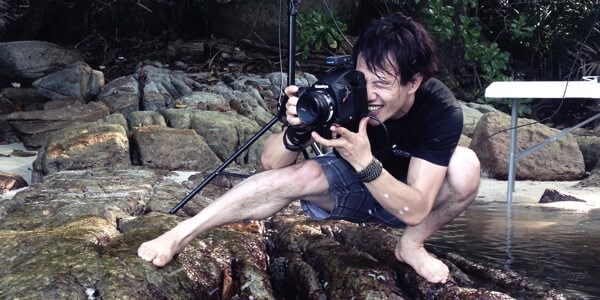
Some girls were extremely adaptable while others got quite uncomfortable balancing on the slippery rocks amongst the pieces of wood slipping around and I found myself clicking away, calling out words of encouragement with barely any time to review the shots in between.
Behind me, my digital tech checked critical focus and highlights as the shots streamed into Capture One and 853 shots later, it was over.
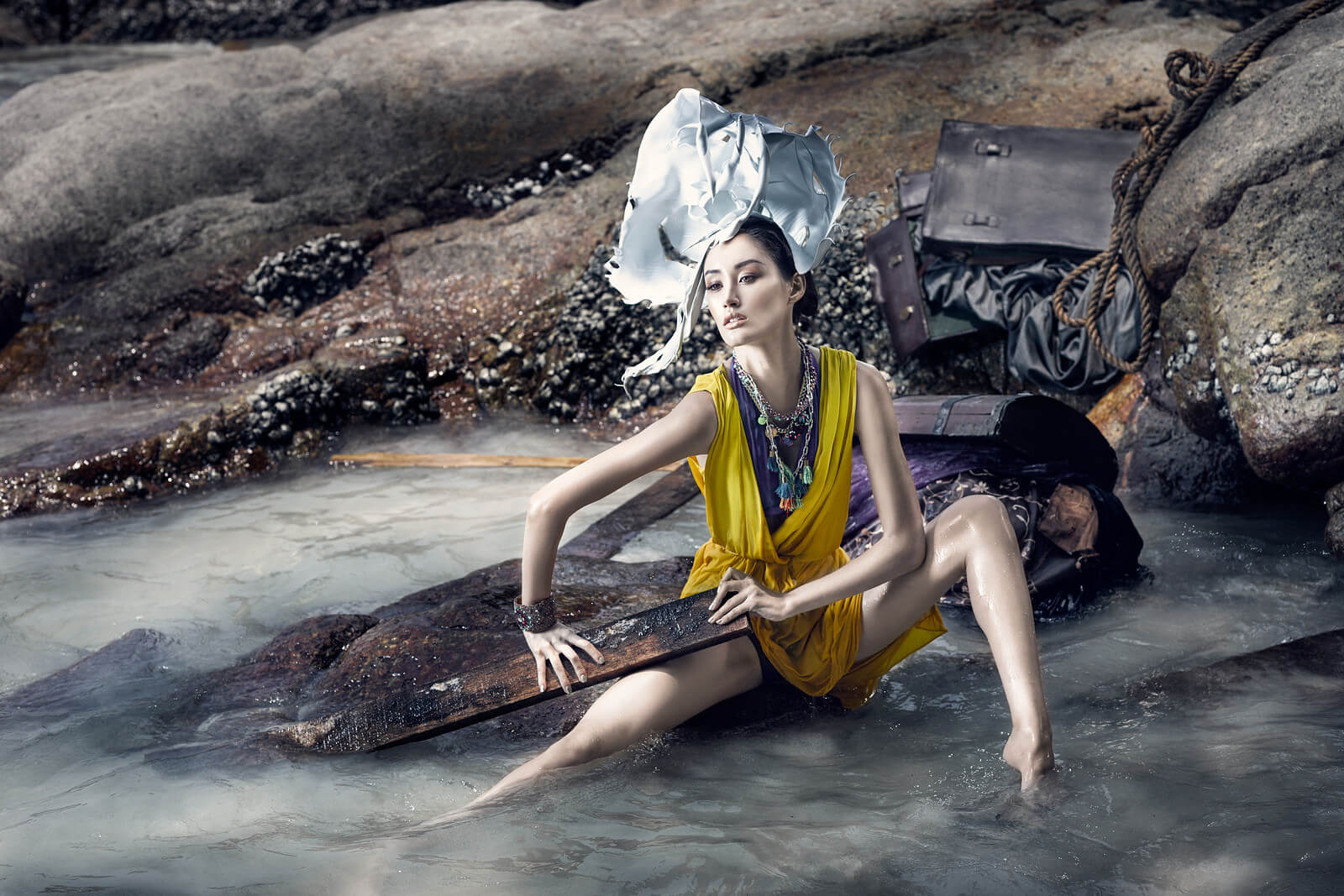
Finale Episode: Blazing Sirens
Putting models and fire together always comes with challenges and constraints
To begin with, the location needs to provide adequate ventilation, concrete flooring, high ceilings and a close to perfectly dark environment if the lighting is to be controlled properly. Secondly, a team of professional pyrotechnicians to guarantee the safety of models and crew – in our case, Starlight Alchemy – is critical to ensure a smooth seamless experience. Finally, last but not least, the clothing worn by the models had to be specially sourced and designed by Calvin Chu to be non-flammable.
 For the shot I had in mind, we had to bring in a stage to elevate model and pyrotechnicians a good two feet off the ground. From there, a black backdrop was erected in the back, and a Broncolor softbox elevated with the help of a fork lift.
For the shot I had in mind, we had to bring in a stage to elevate model and pyrotechnicians a good two feet off the ground. From there, a black backdrop was erected in the back, and a Broncolor softbox elevated with the help of a fork lift.
Capturing the perfect images was all about coordination. The challenge was to coordinate twin arcs of fire at the exact peak but also to have the models look their best all at the exact same moment… with only 15 shots per model.
To make sure that we were properly coordinated, we brought on board Zena, the line producer for the show to stand in as a test model.
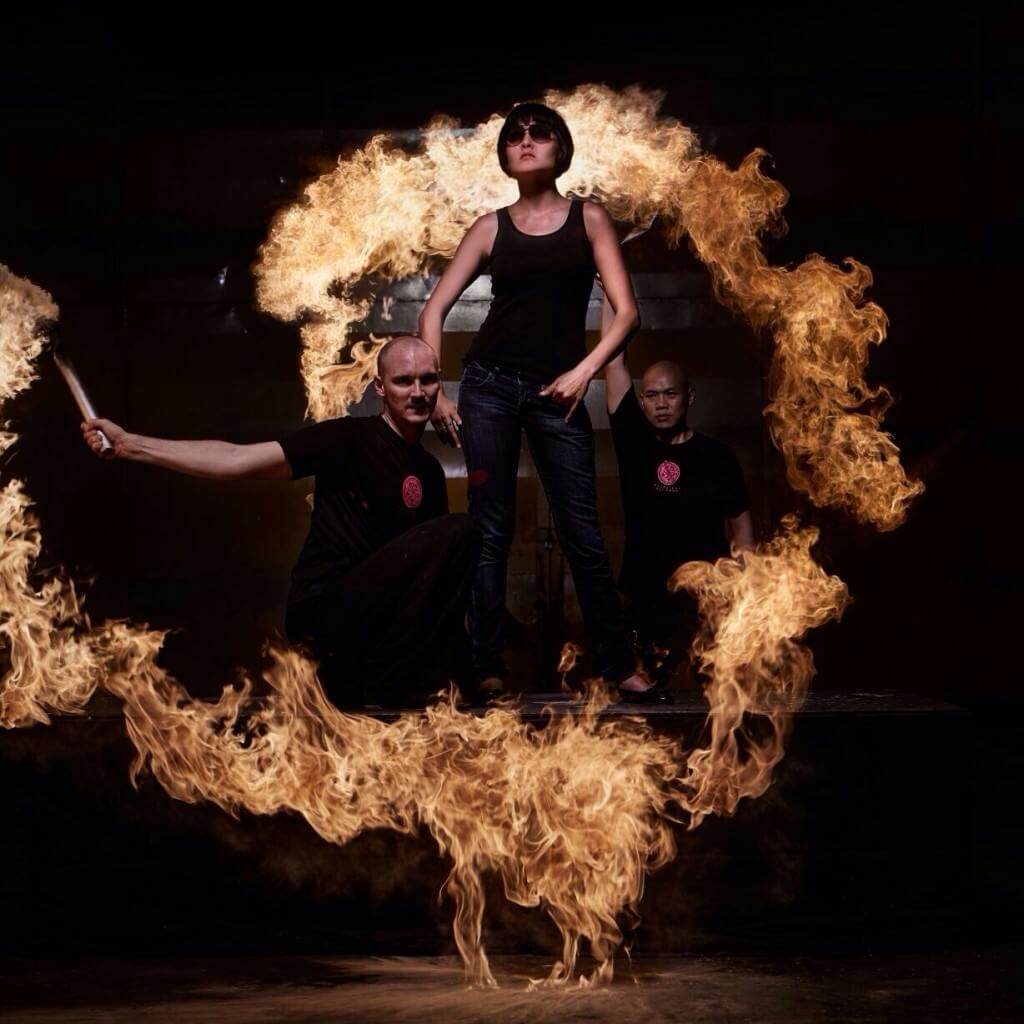
By the time we completed our tests and perfected our routine, it was show time. We dressed the pyrotechnicians head to toe in black and the cameras began to roll. All the years of experience and practice all came down to this single moment.
In Conclusion:
I’m not quite sure how one gets selected to be a part of such shows; where you get paid to show up, create what you love, and be exactly who you are… but I believe that the secret lies in finding and chasing your passion, becoming great at whatever that is, and to never give up.
It was a fantastic experience, and challenging in many ways… but hopefully, just one of many shows to come in the future.
